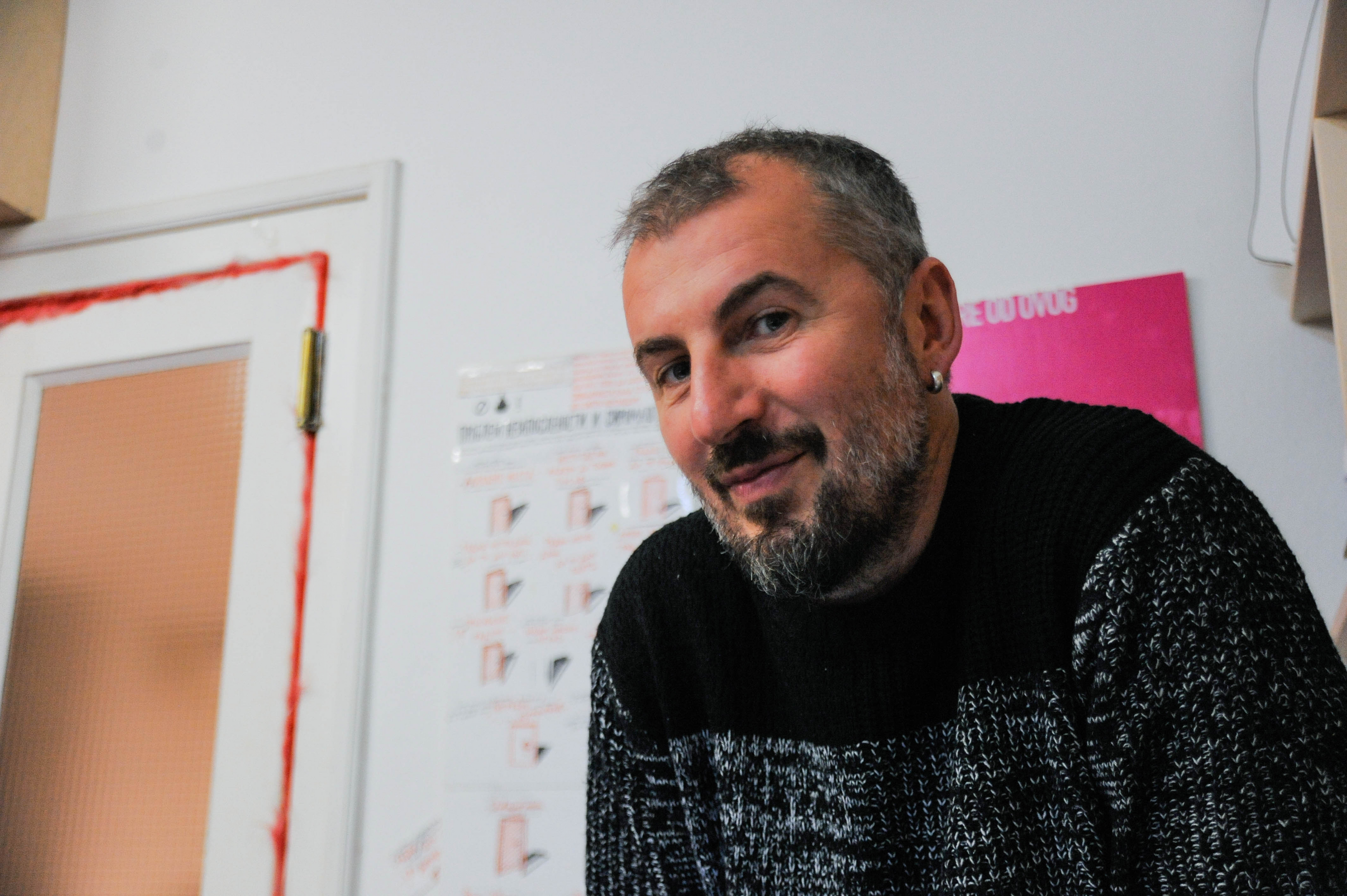
Igor Čoko: Photography is there to leave a mark
Čoko, photographer and anthropologist, discusses the importance of photography and our duty to not forget.
|2021.07.15
|
All sides have their evidence of such acts, they have their demons, but everyone must clean up their own yards.
We can all arrive at a situation where we are all on the margins. Eternal hedonism is guaranteed to no one.

Dejan Kožul
Dejan Kožul is a journalist working for various media in Yugoslav space (Novosti, Lupiga, FTV, etc). For more than eight years he was the editor and anchor for the radio show KUPER which was broadcast on BH Radio, Radio Republika (Novi Sad), Radio Rojc (Pula), KLFM (Split), and Radio Apart (Beograd). He describes it as the territory with the most freedom and the ability to broadcast because there are no taboos.
This story was originally written in Serbian.